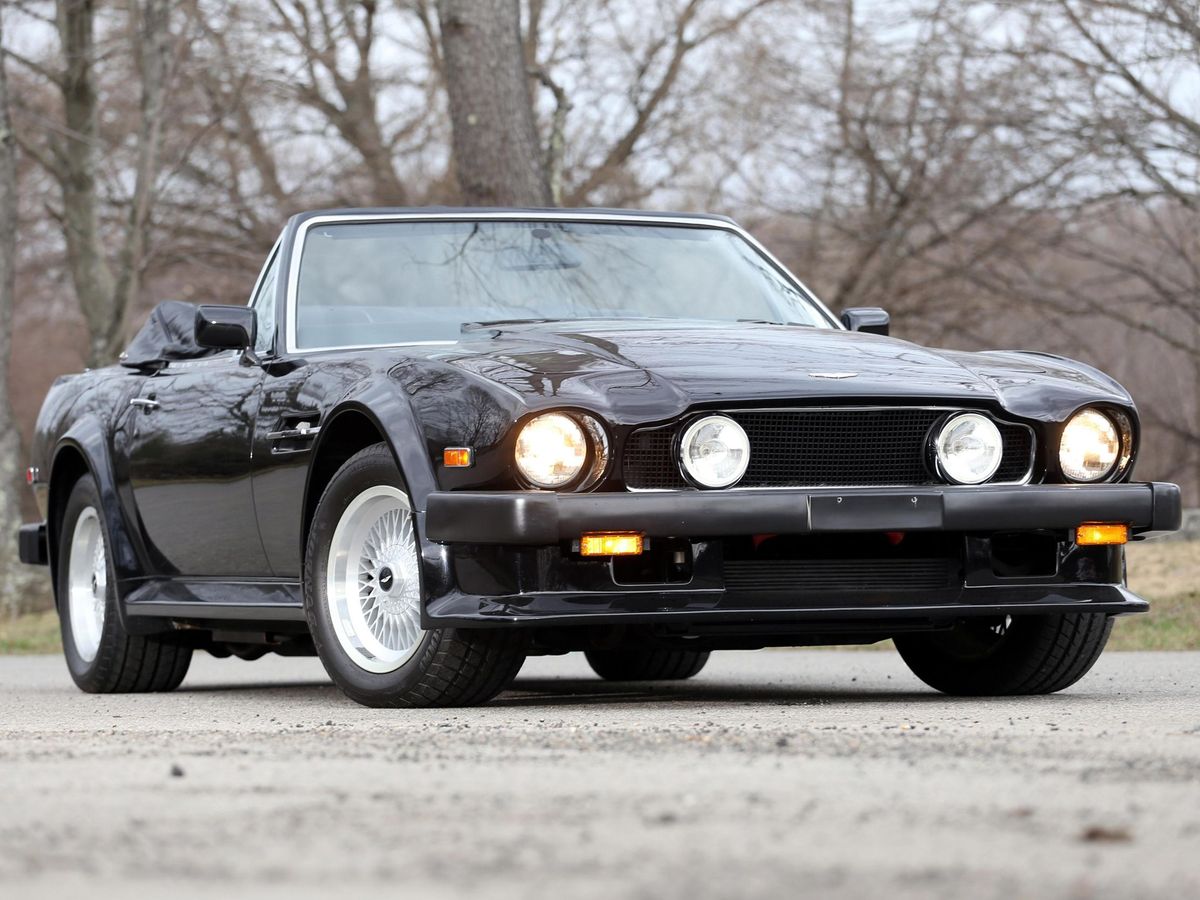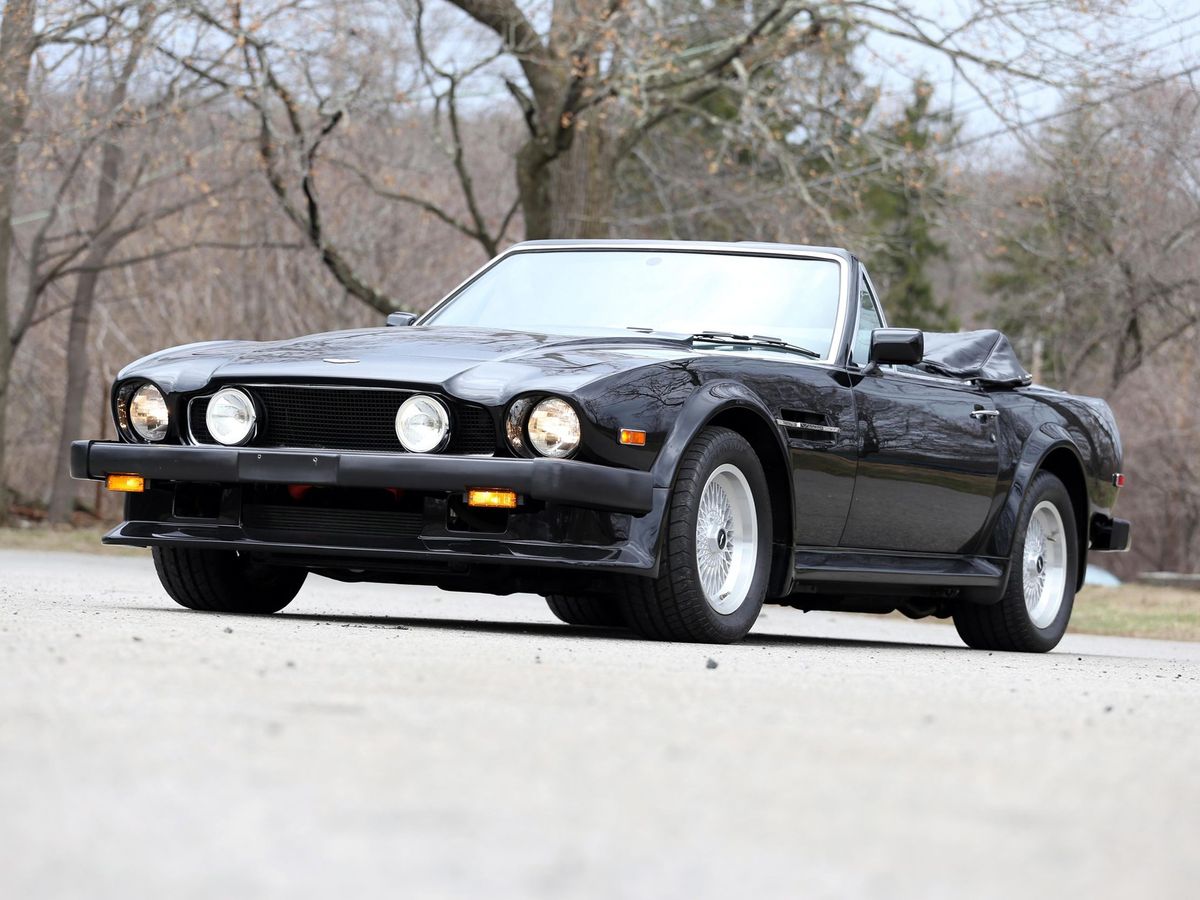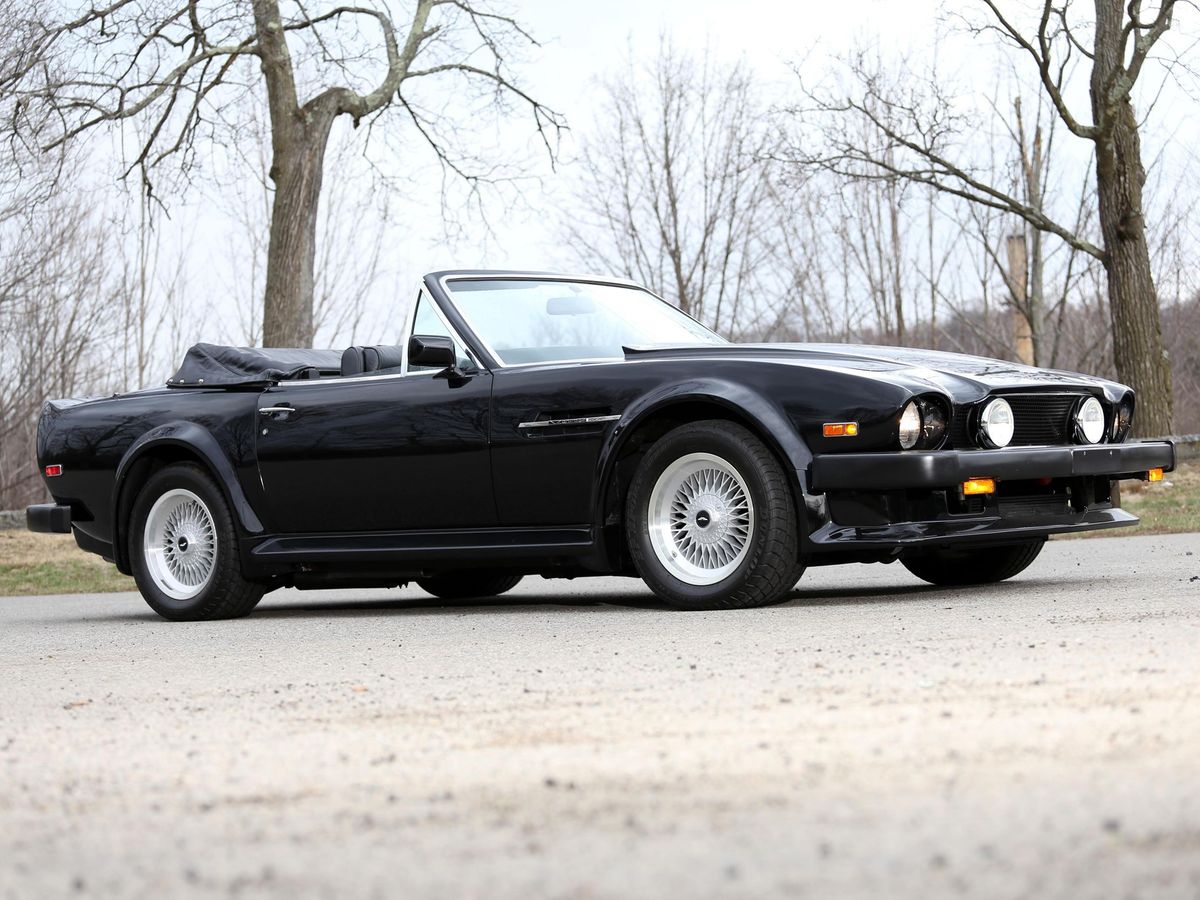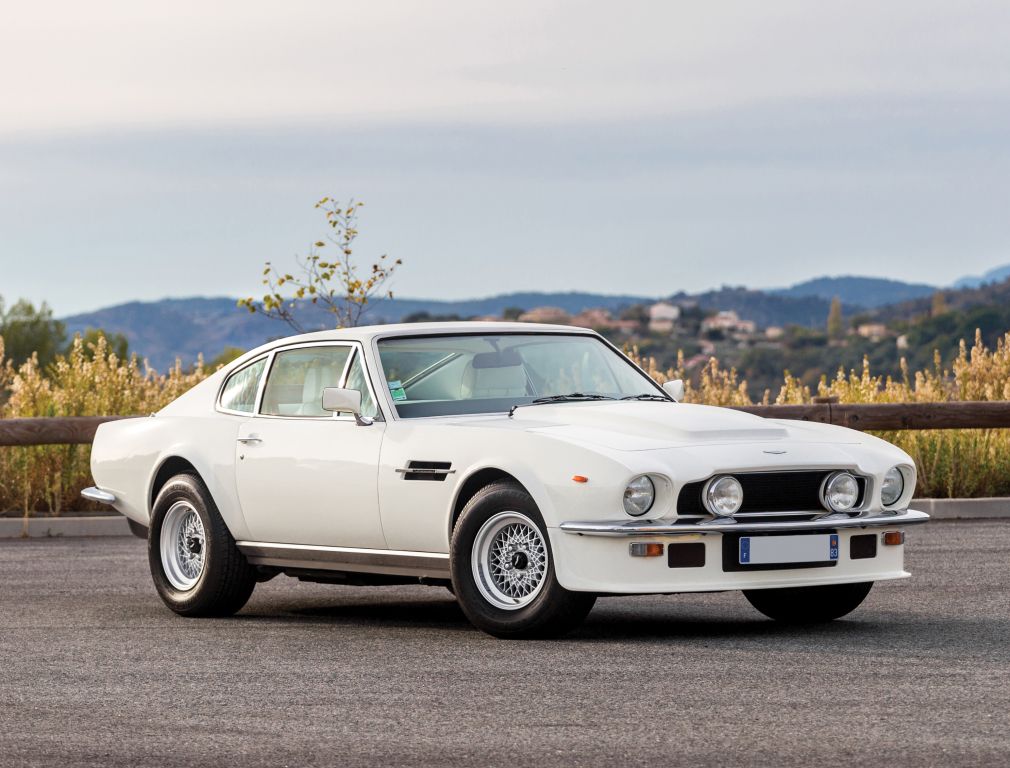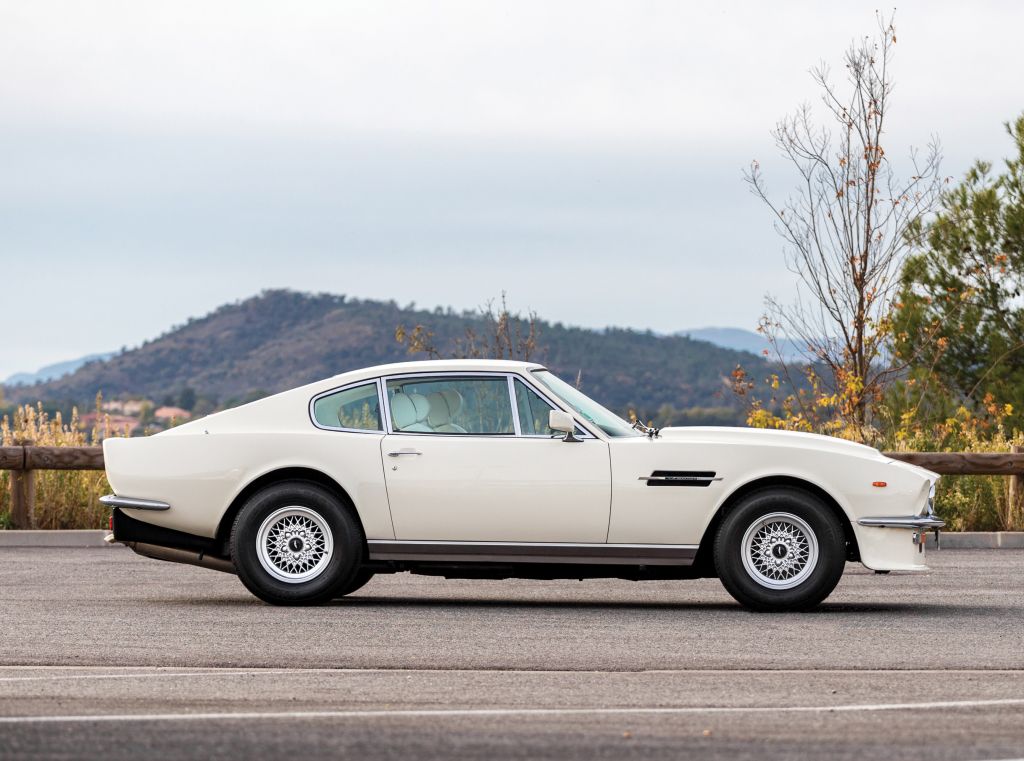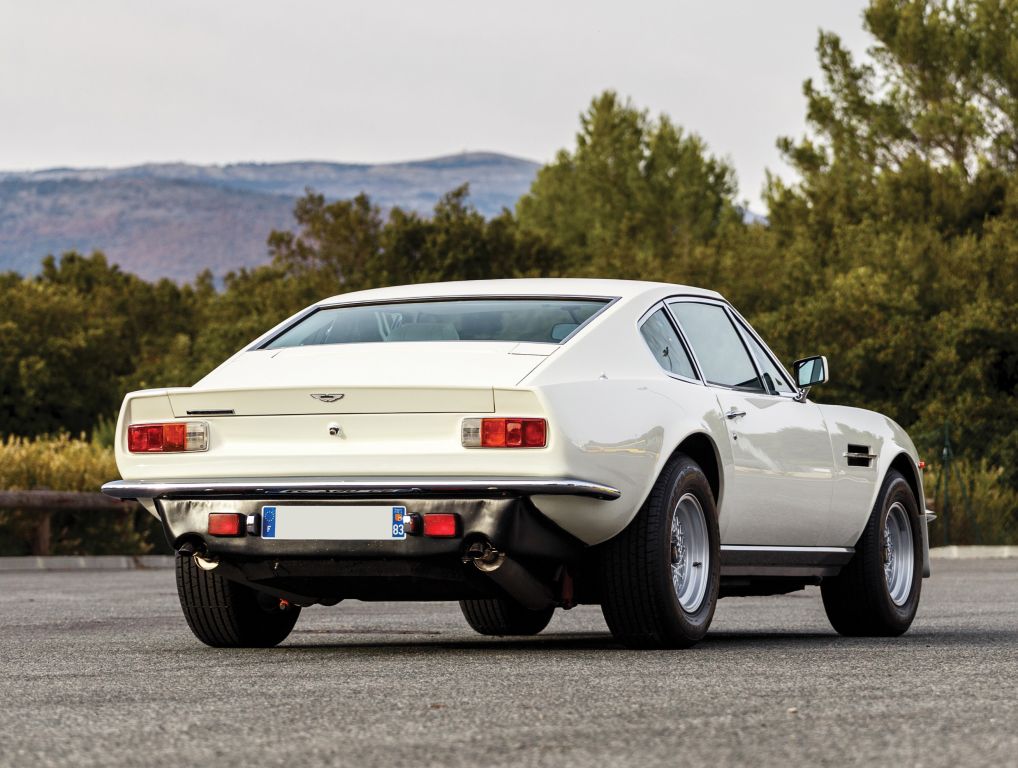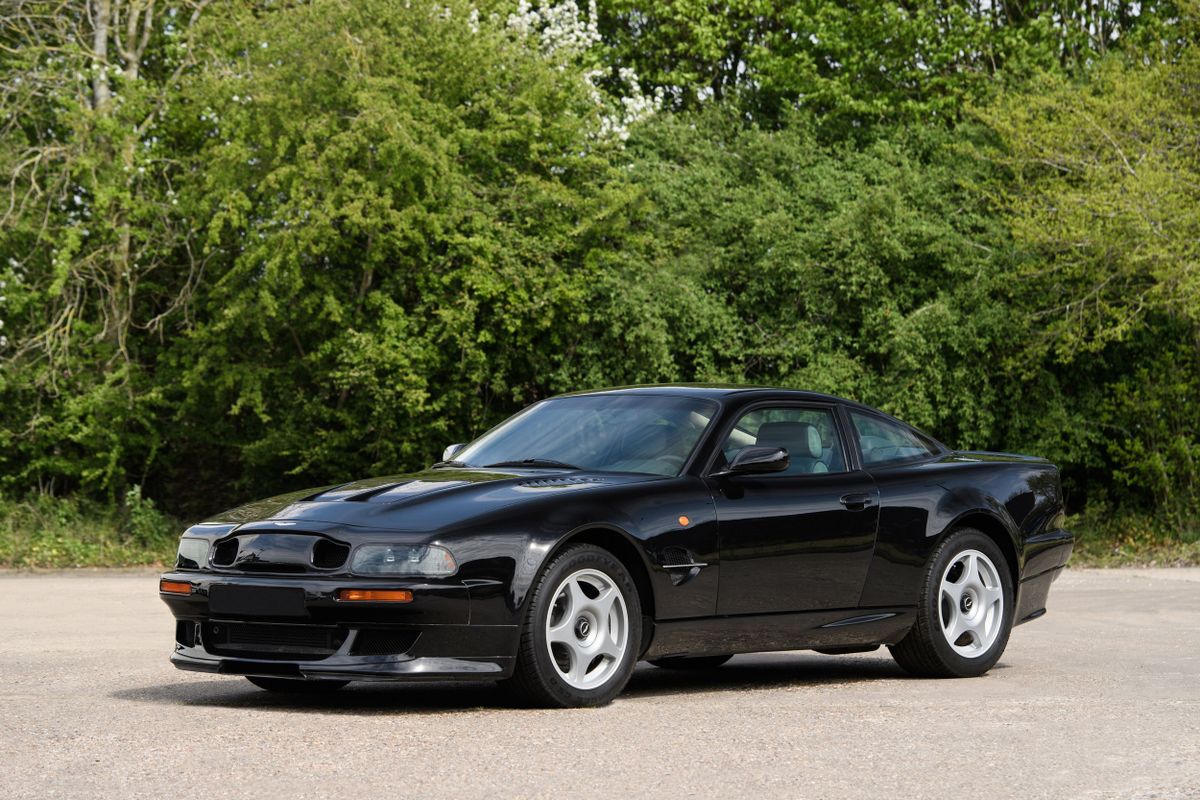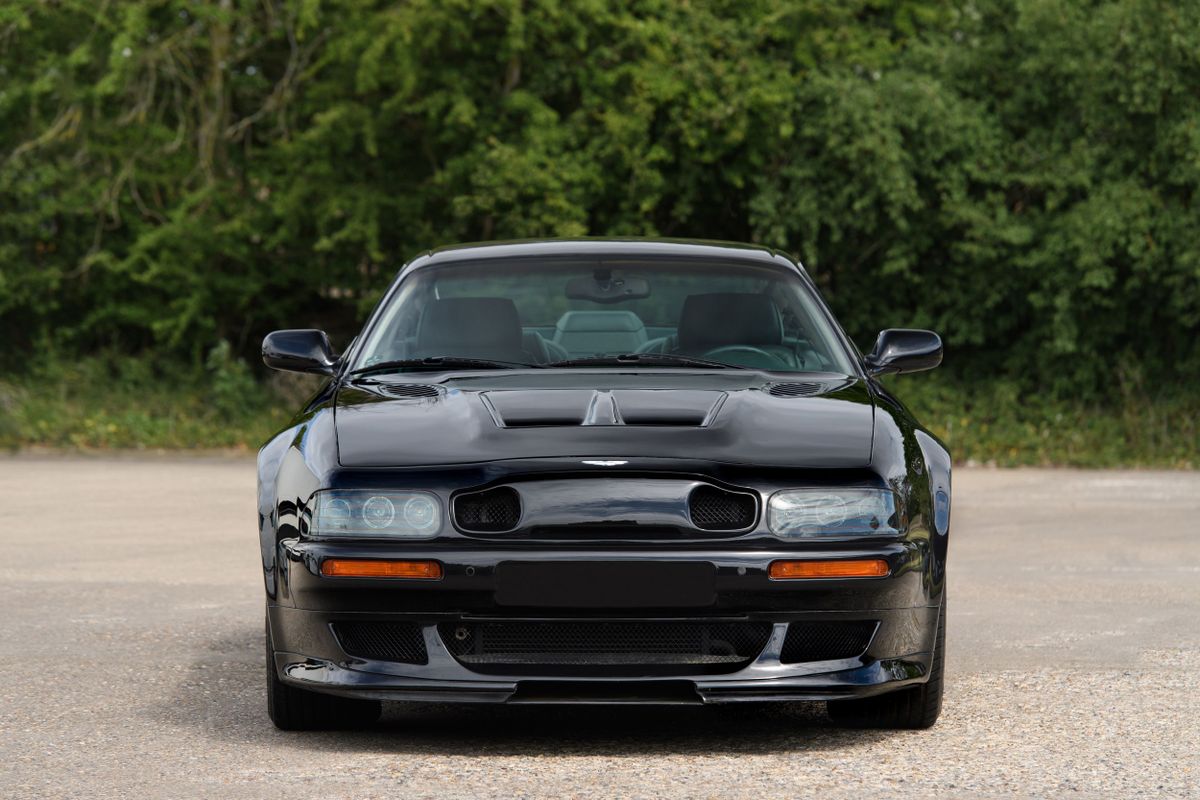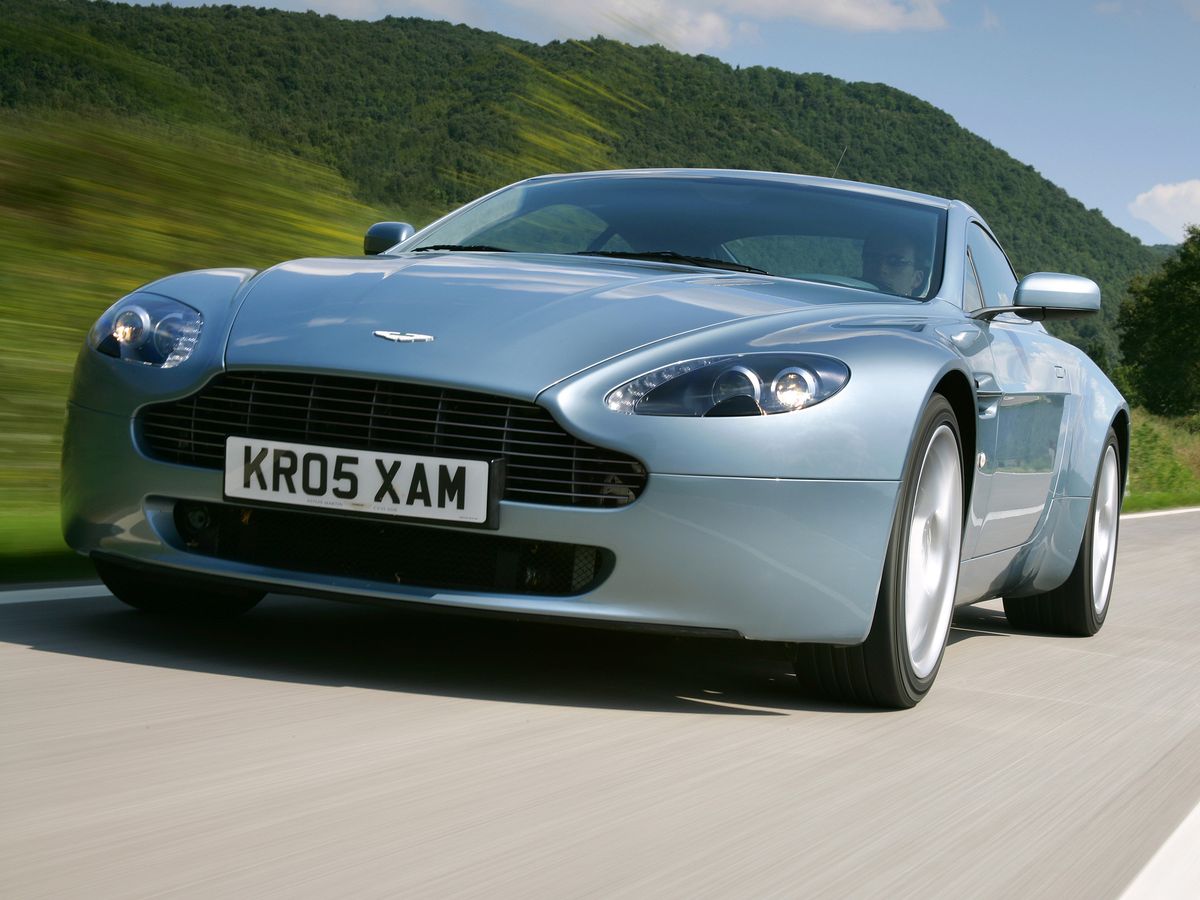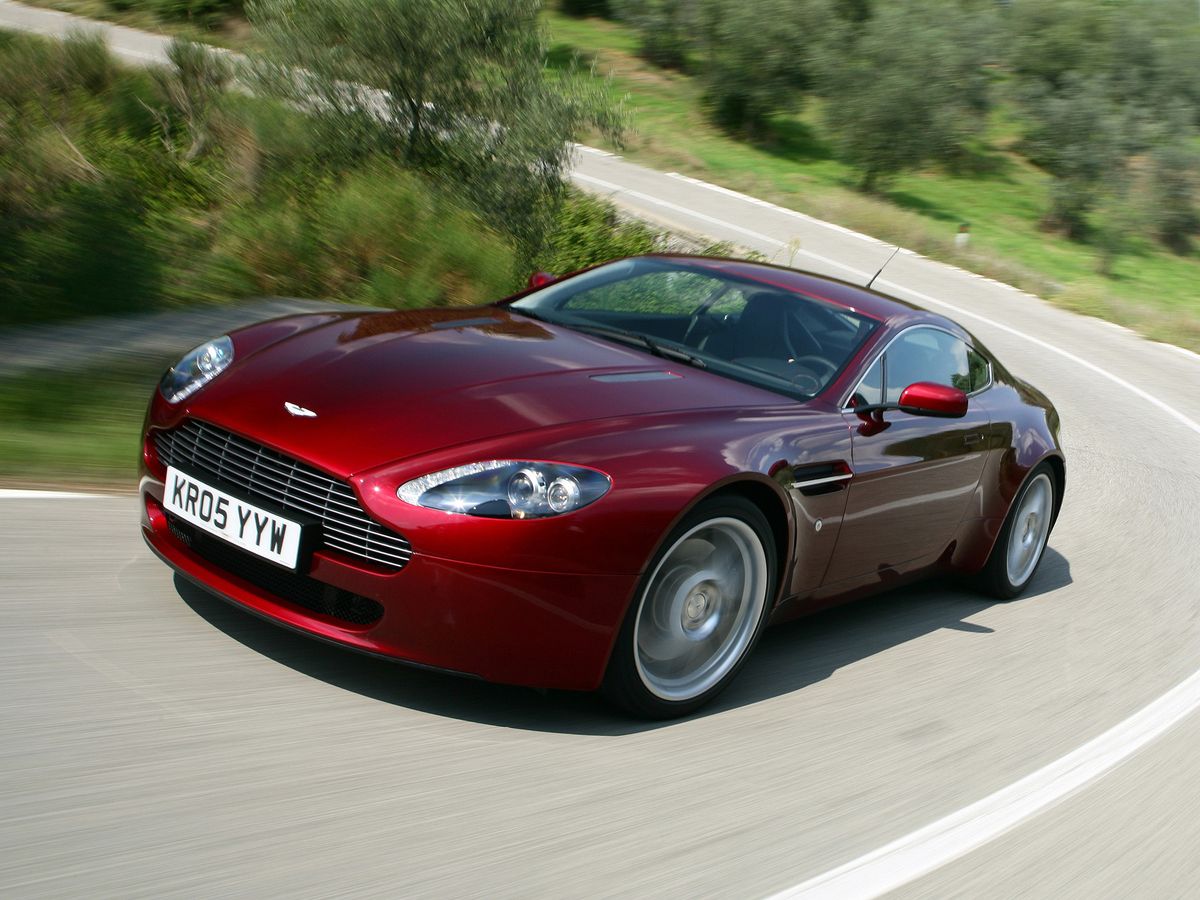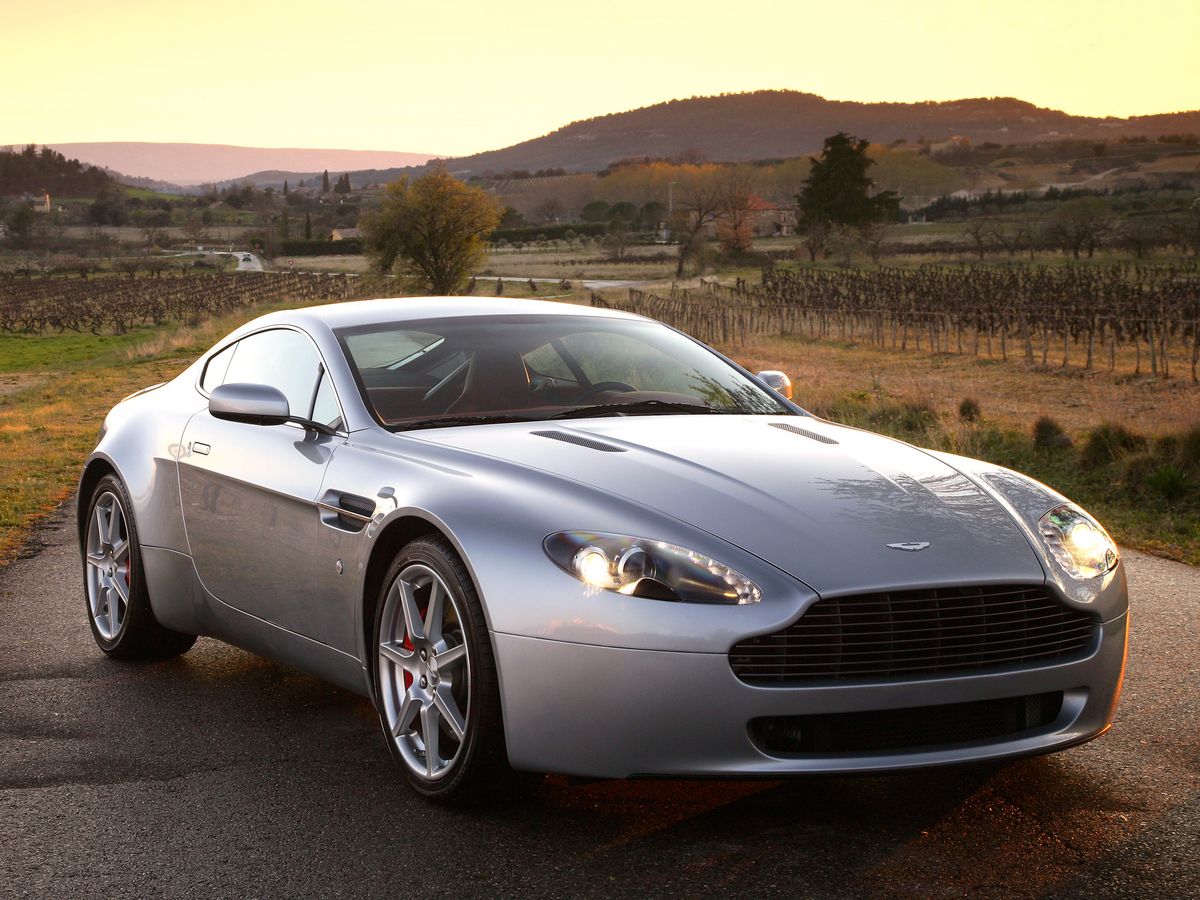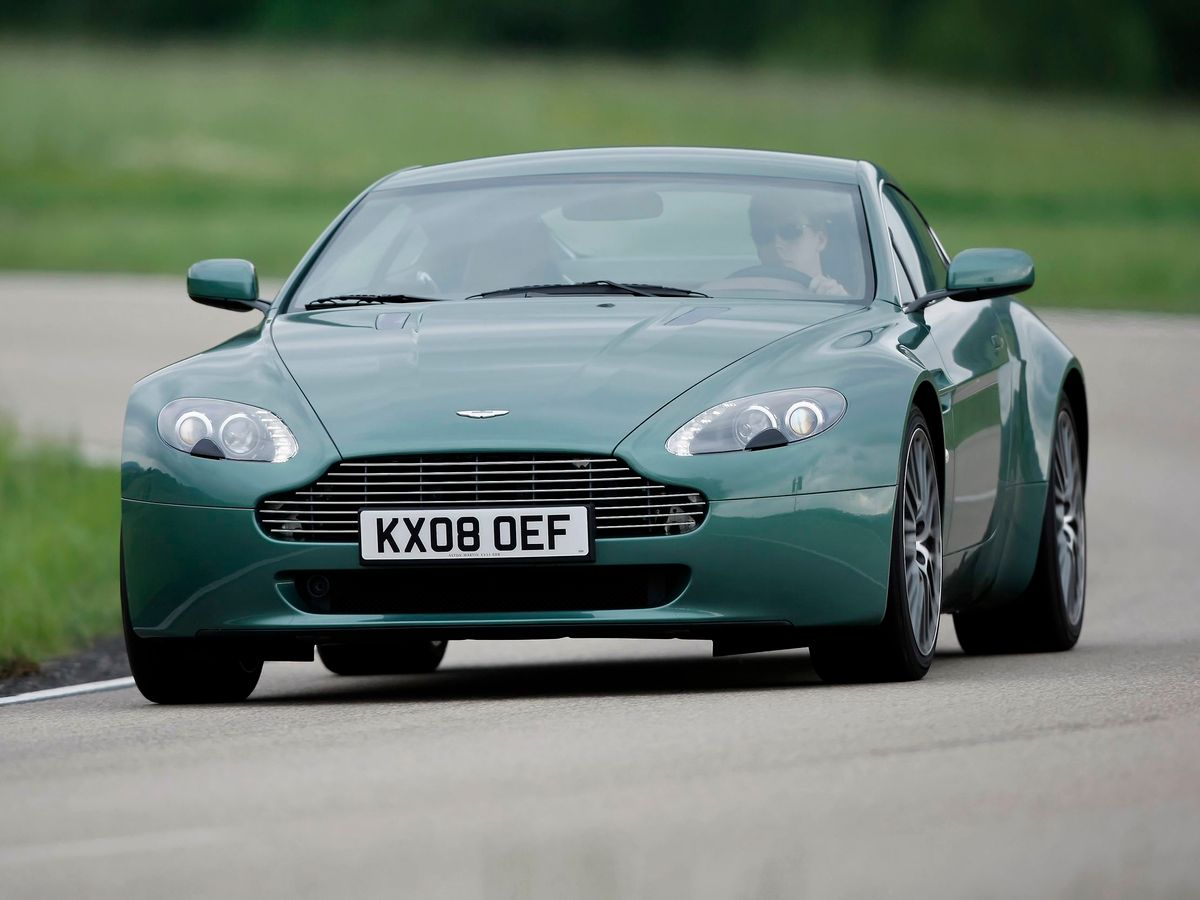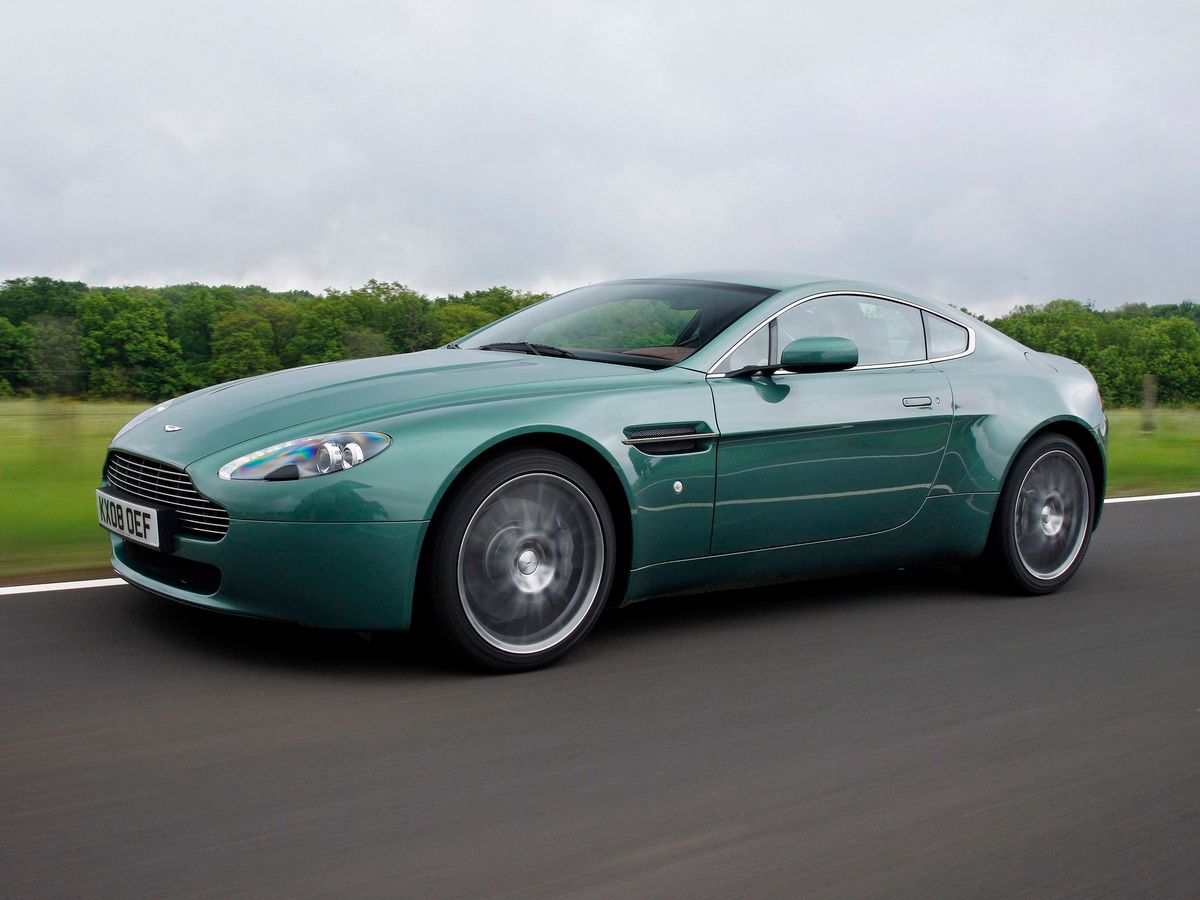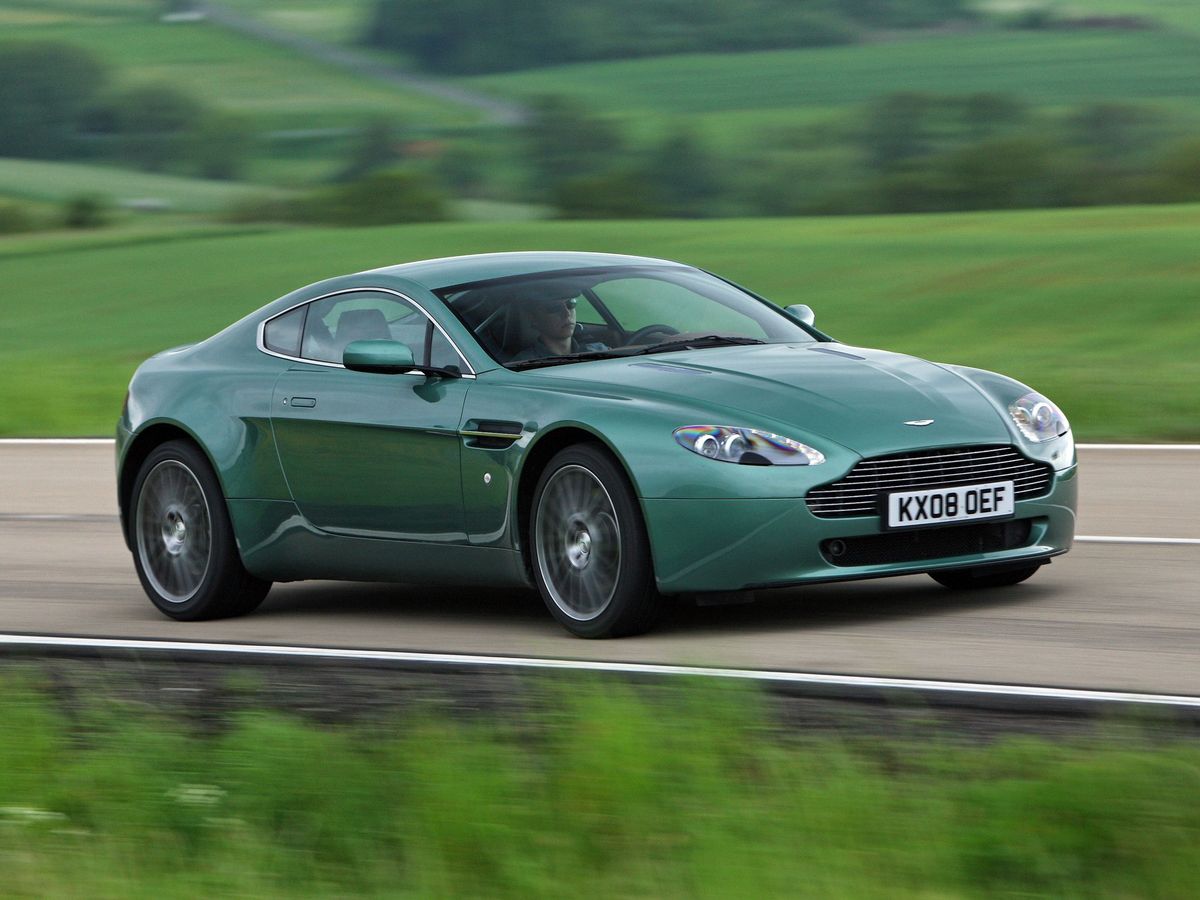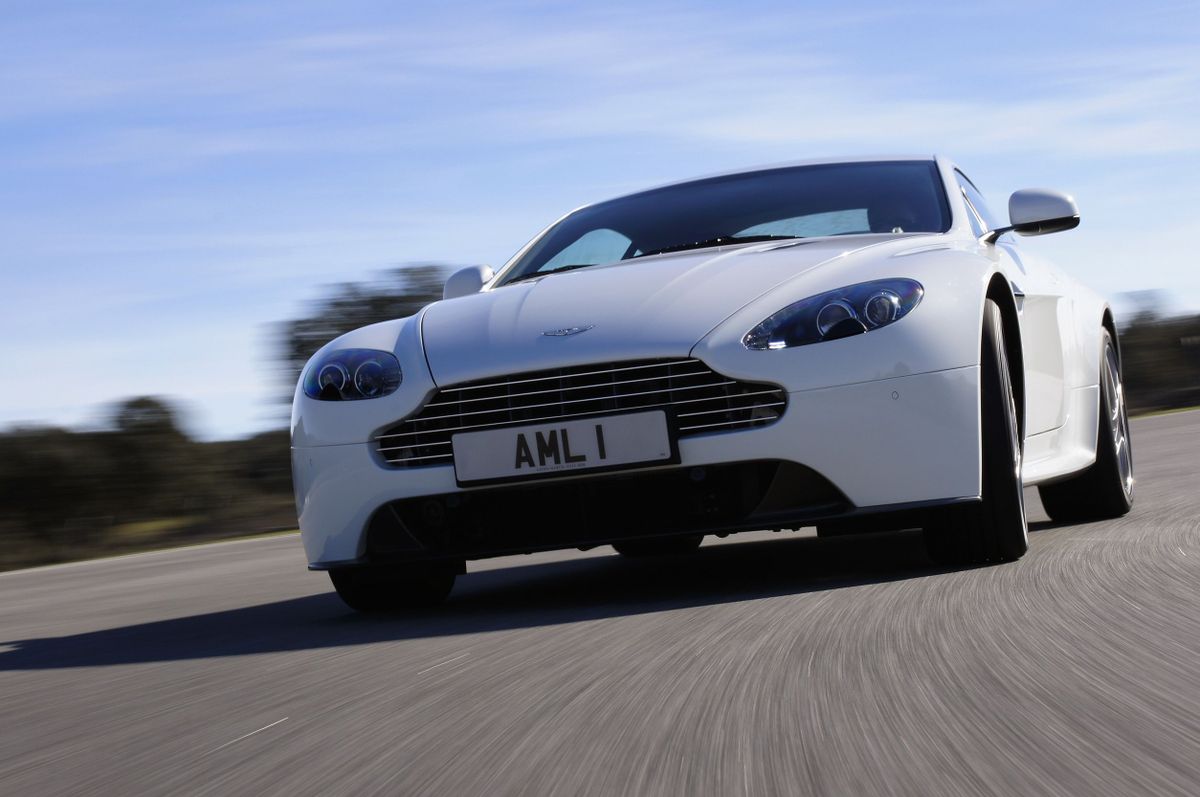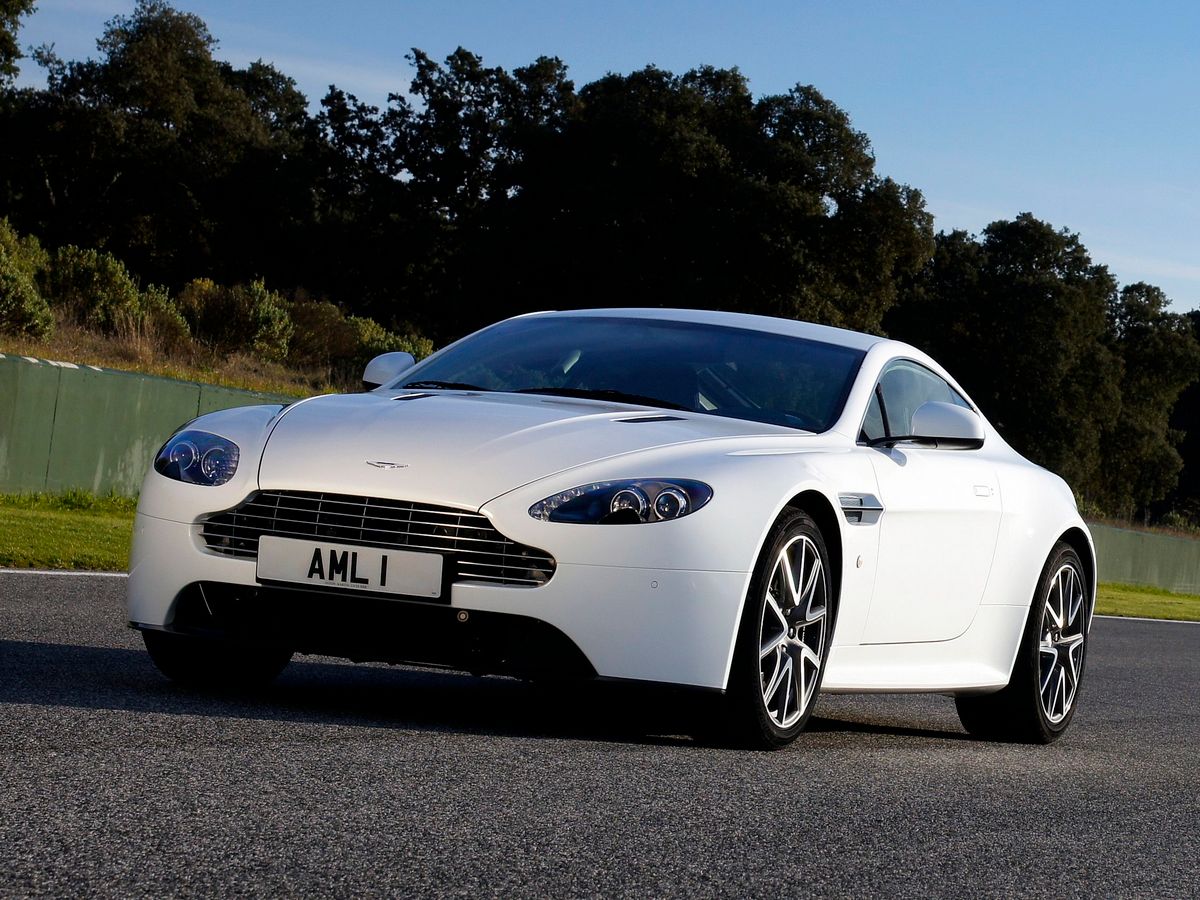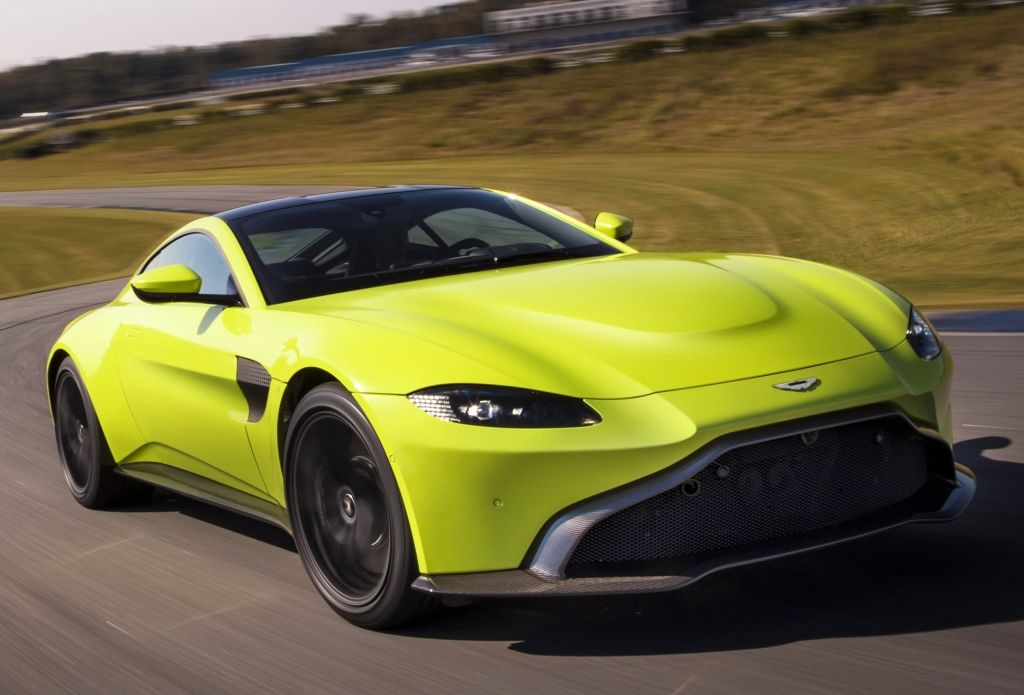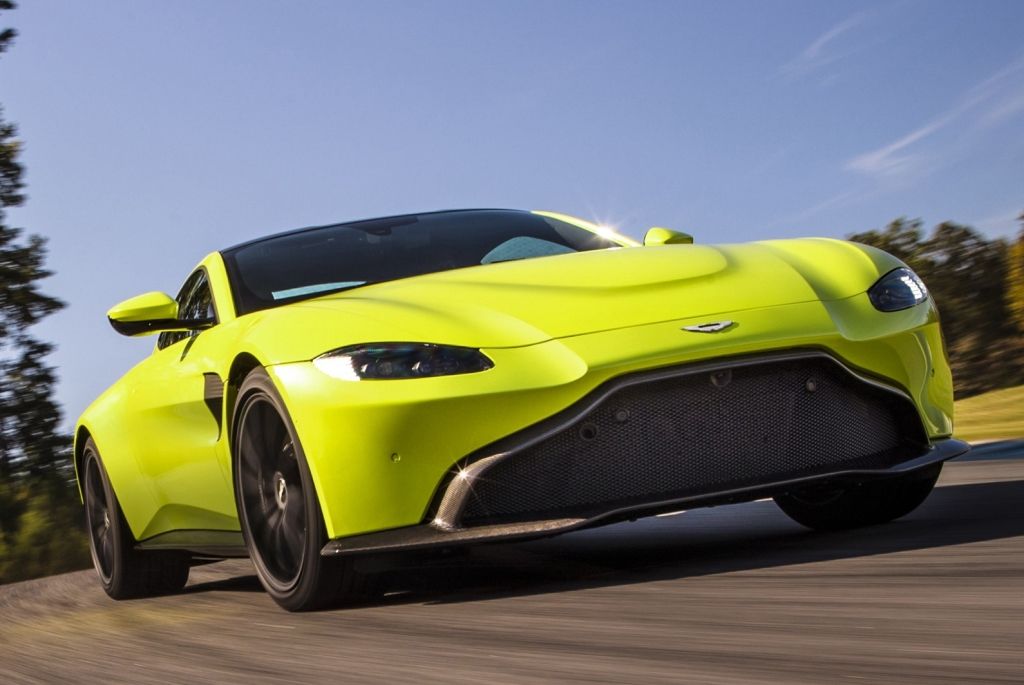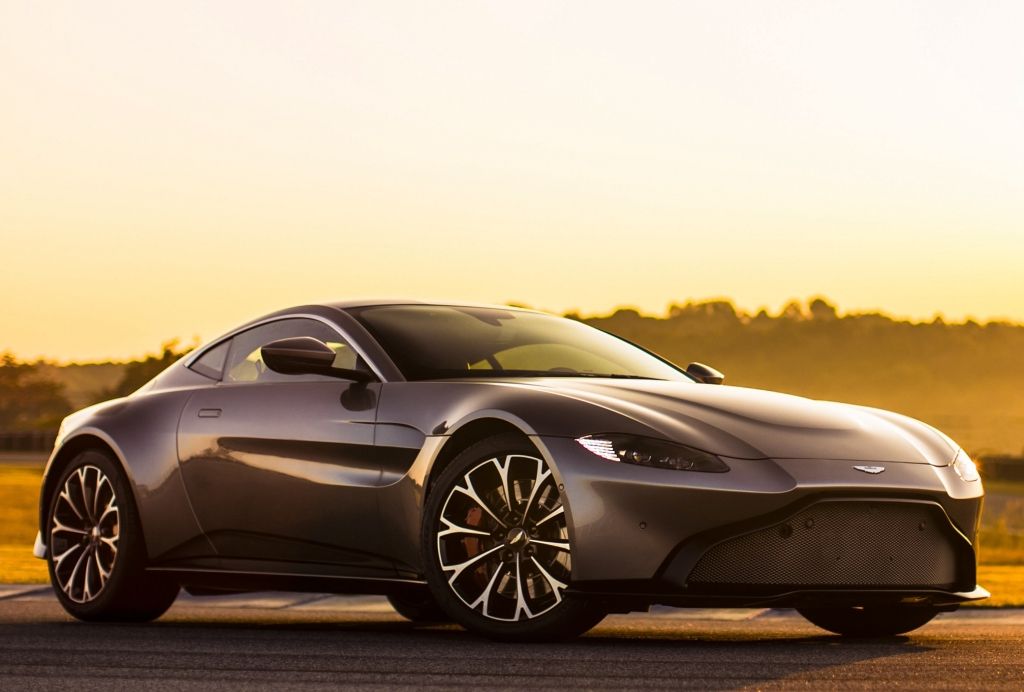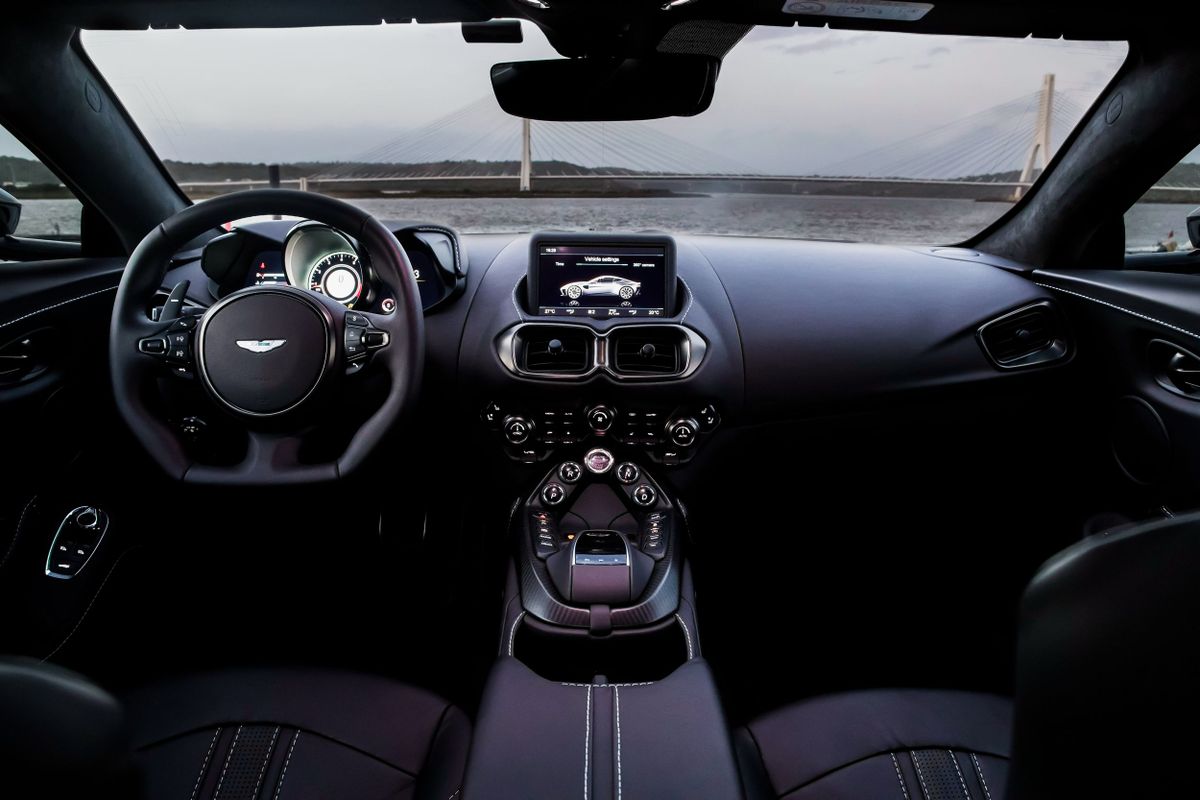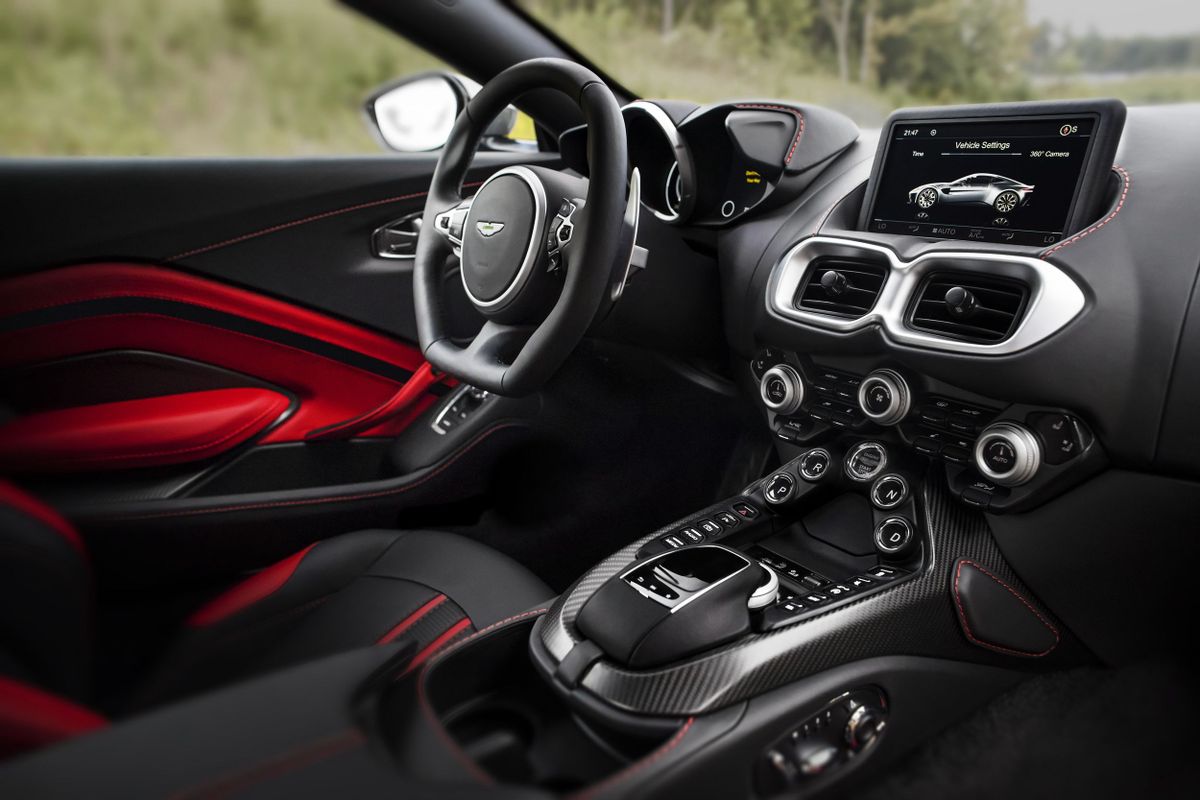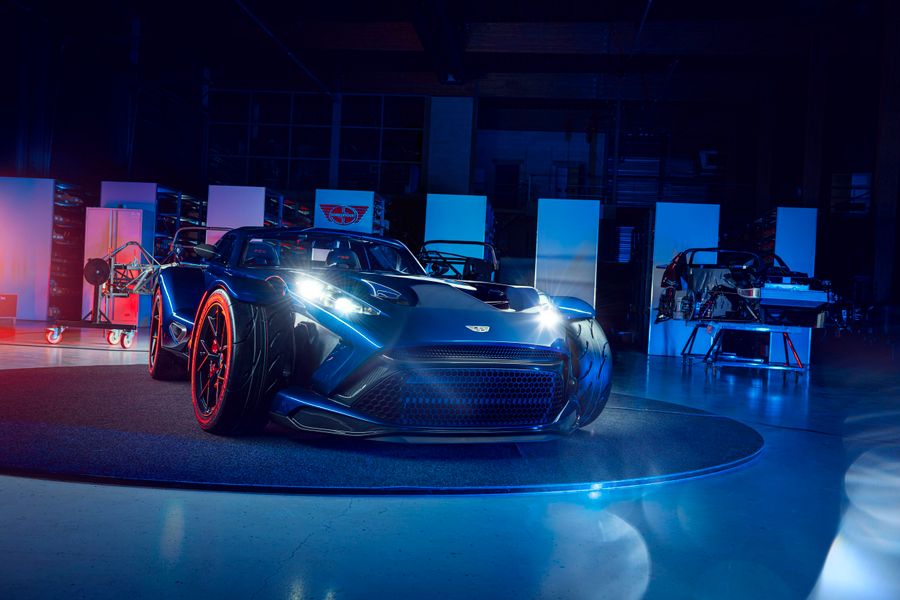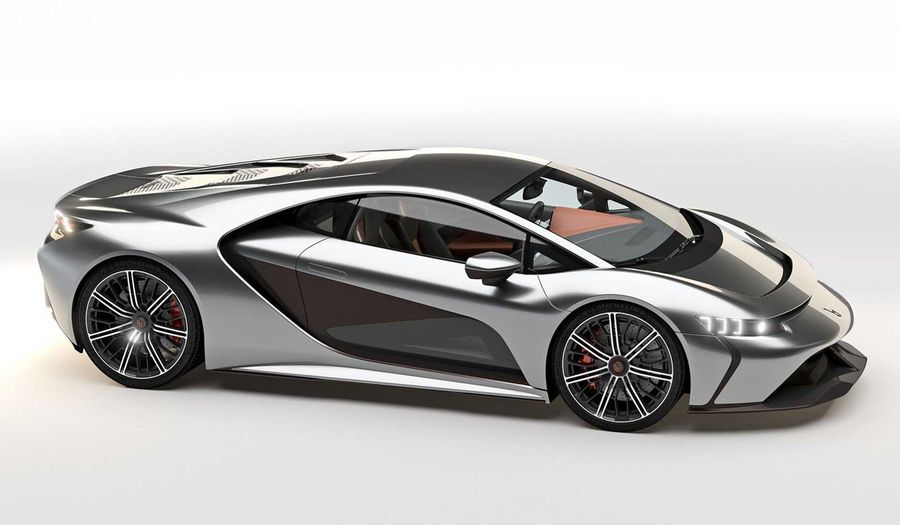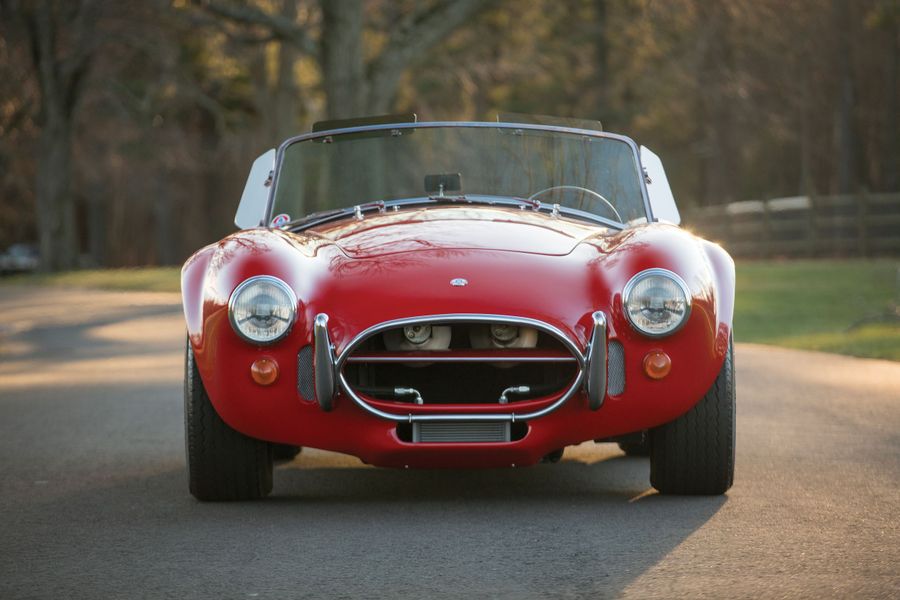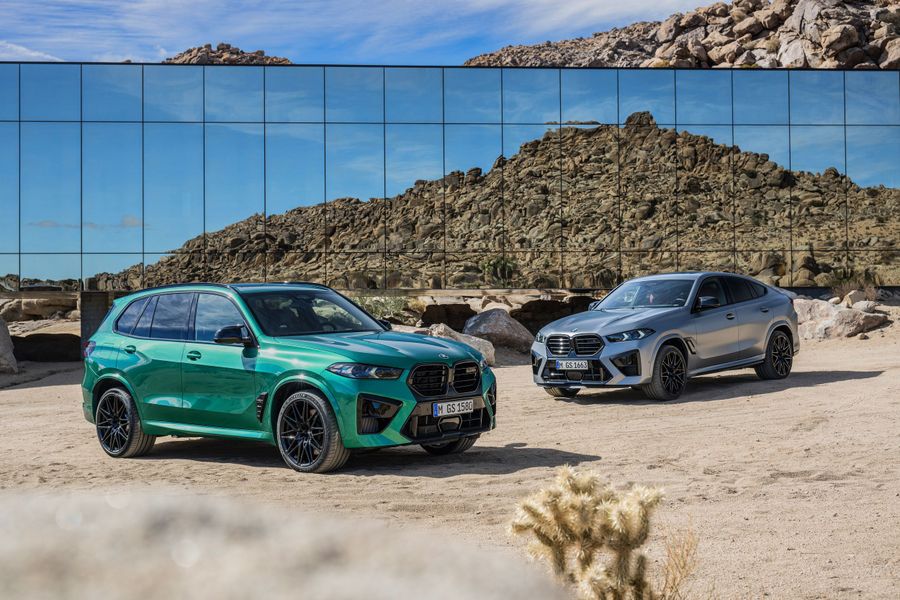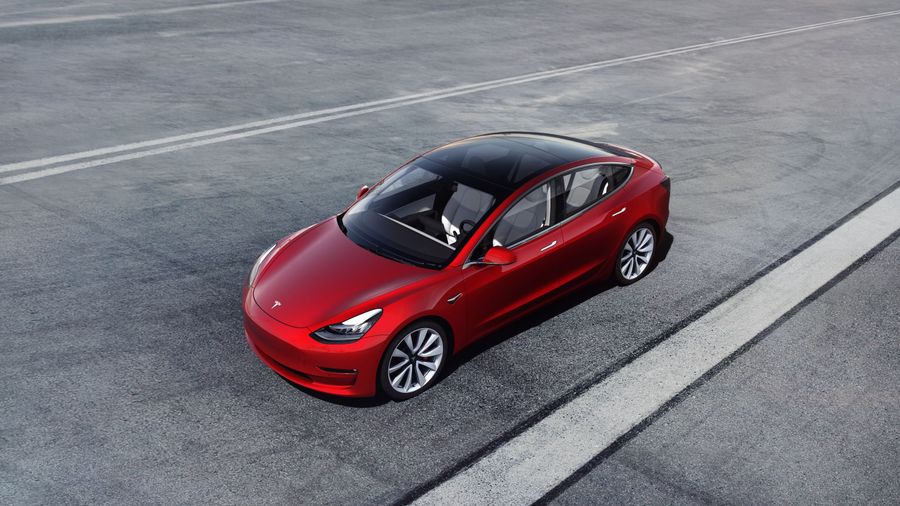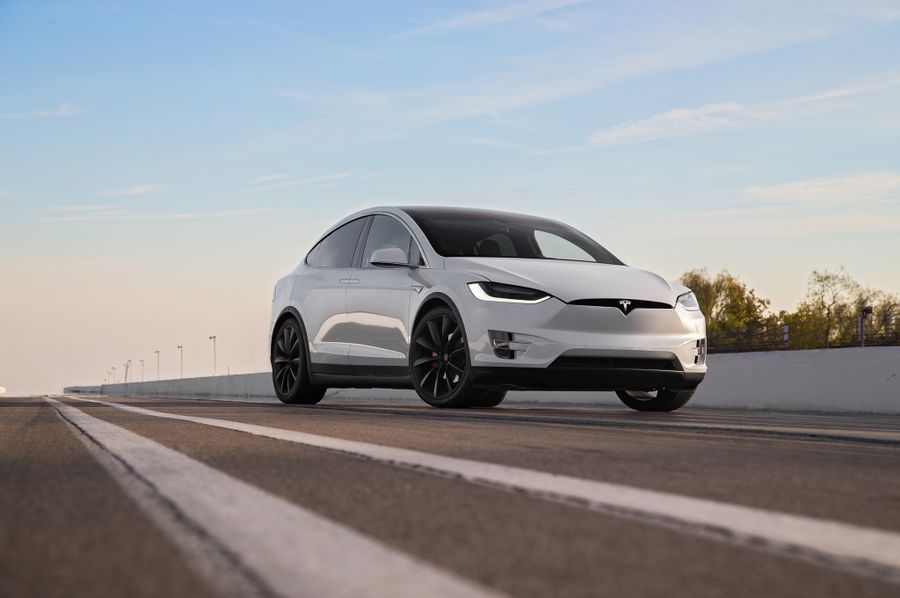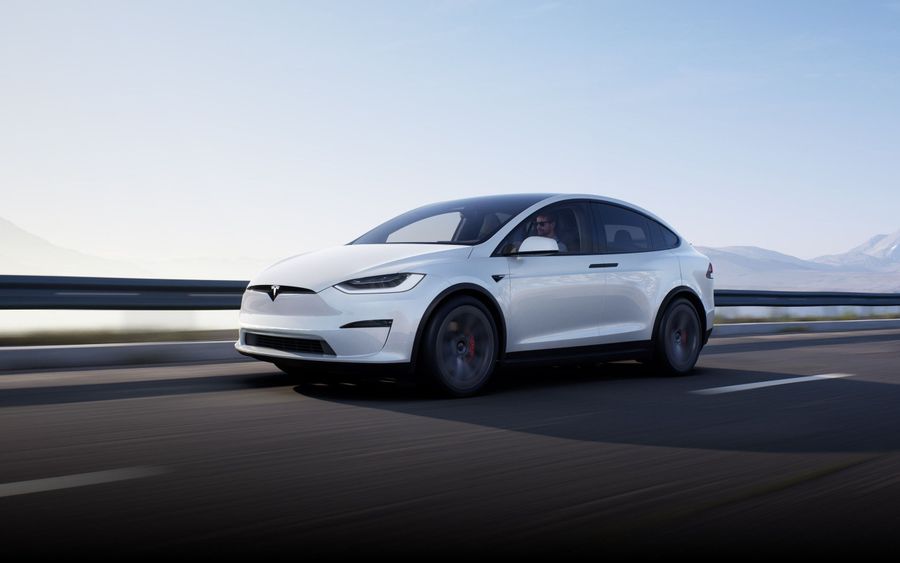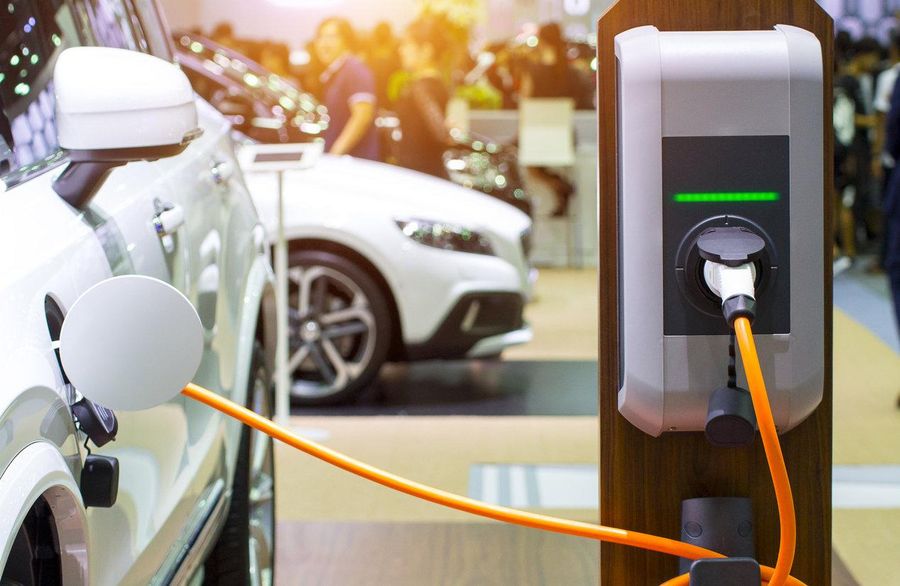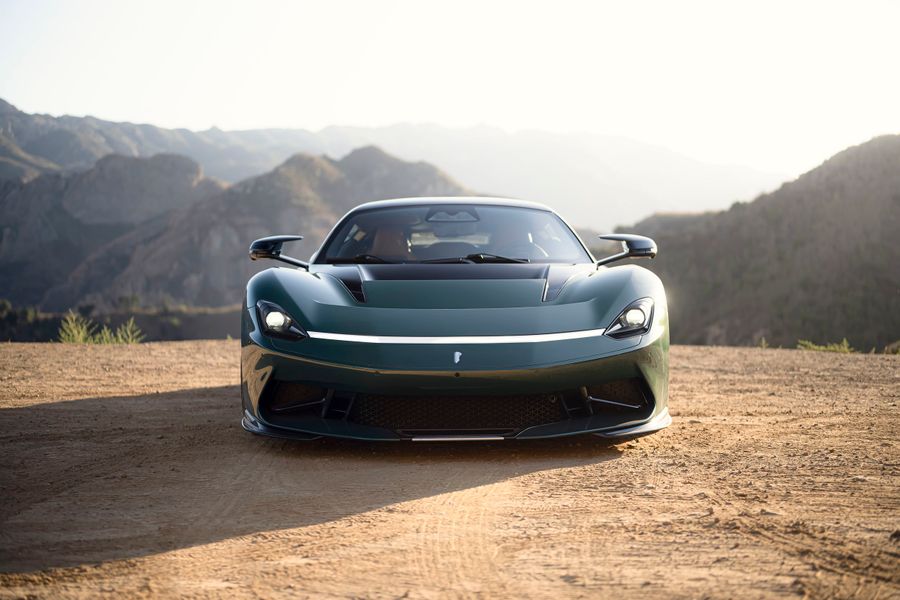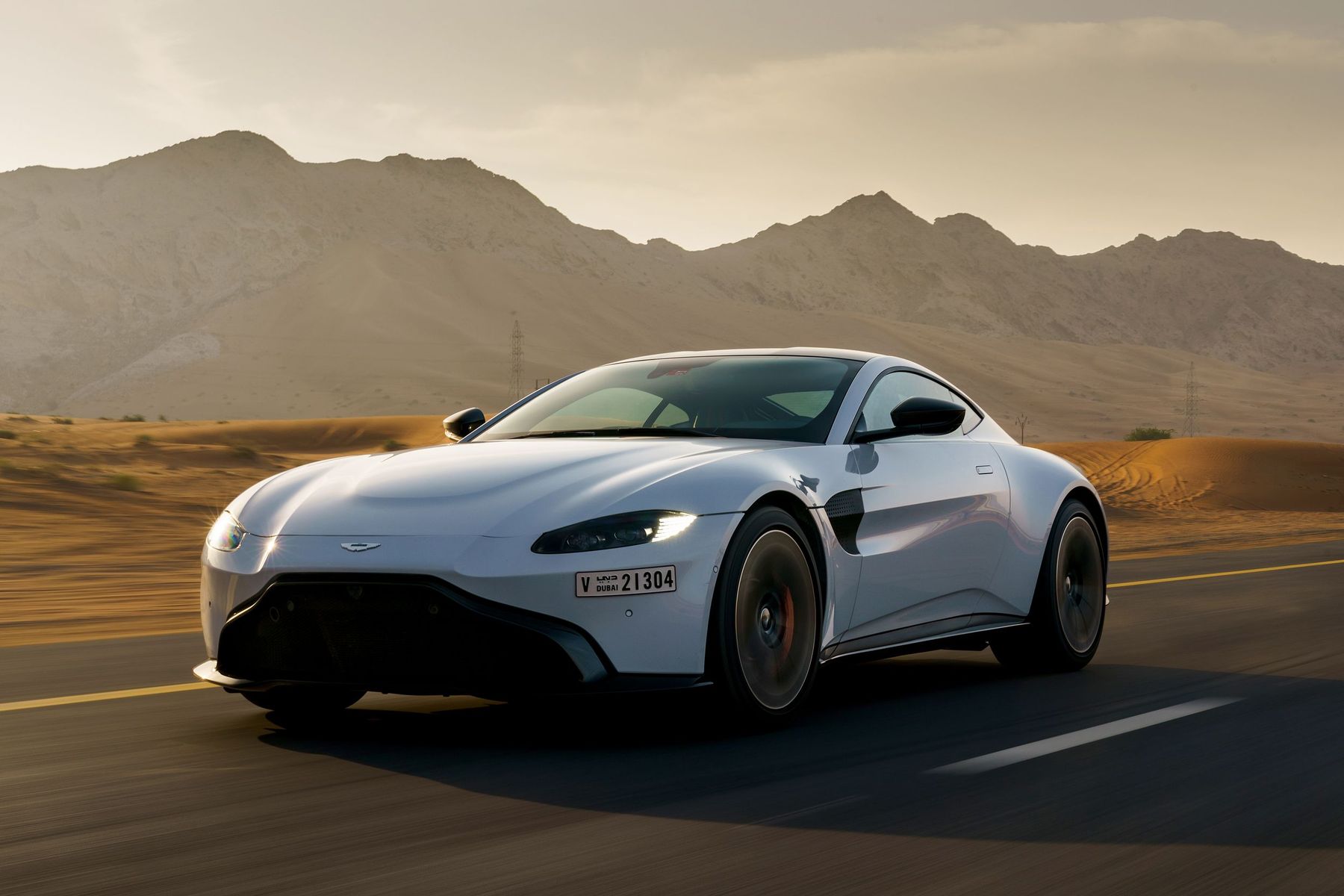
Aston Martin V8 Vantage. ‘Agent 007’
The Aston Martin V8 Vantage is a series of powerful hand-built Gran Turismo sports cars, equipped with a V8 engine. It has been produced by Aston Martin (UK) since 1969. In 2020, Israeli buyers could purchase the fourth generation of this unique and legendary 2017 supercar.
The Vantage name has been used by Aston Martin for a long time. The Brits used to call the fastest versions of their cars using that word. But an independent model called the V8 Vantage appeared only in 1977, although the V8 generations have been produced since 1969. The Aston Martin V8 Vantage is a thoroughbred supercar with a classic layout and a large family tree.
The first generation
It was produced from 1969 to 1989. The Aston Martin DBS V8 was the first model in the series. The letters DB in its name were the first letters of the name of the company owner, David Brown, and V8 meant the presence of a powerful V-shaped 8-cylinder engine. After the sale of the company in 1972, the car was renamed the Aston Martin V8 (AM V8) and slightly upgraded. Its front face was now equipped with single headlights and a new grille. But the engine was the same. Since August 1973, the expensive and complex fuel injection system was with four Weber carburetors. This car was distinguished by an enlarged air intake on the hood, designed to accommodate an air filter.
In 1977, the manufacturer introduced the first AM Vantage. The two-door coupe was equipped with a modified 5.3-liter Lagonda engine and developed 274 kilometers per hour. The car was produced until 1990. The upgraded engine acquired a new exhaust system that increased its power by about 25 hp. Such elements as the changed camshafts and intake manifold, larger valves and modernized carburetors, and new spark plugs made it possible to increase the engine power by 40% and increase its torque by 10%. This engine developed approximately 410-435 hp.
In 1978, the manufacturer released an upgraded model, unofficially named the Oscar India, with a luxurious walnut finish interior. The exterior of the car was distinguished by a muffled, dumb hood projection and an upgraded rear end with a spoiler. Since about 1978, each engine carried a plaque with the name of the master who assembled it. In 1983, the car started being equipped with new wheels, and since 1985 the engine acquired a Marelli fuel injection system. These cars, known as 585, had a flat hood and remained that way until production was terminated.
The second generation
It was produced from 1993 to 2000. In 1992, the Virage, first presented in 1988, acquired a powerful modification, which was again called the Vantage. The 5.3-liter engine paired with the mechanical superchargers developed 550 hp and 746 Nm, which was enough to develop 300 km/h, and acceleration to 100 km occured in just 4.7 seconds. In 1998, the manufacturer introduced an even more extreme version of the V600 with a 600-hp engine. A total of 280 Vantage cars were produced, the last of which was made in 2000.
The third generation
It was produced from 2005 to 2017, while its restyling took place in 2008 and 2012. The concept of the future V8 Vantage was presented at the 2003 Detroit Auto Show, while the production car was presented two years later at the Geneva Motor Show. The new V8 Vantage became the smallest and most affordable car in the company’s product range. It was produced in coupe and roadster variations. Each of them was also offered in the more powerful N400 version. The supercar was assembled at a plant in Gaydon, UK. At the same time, it took about two hundred man-hours to assemble each Aston Martin. And in case of any failures, the name of the master responsible for the car was stamped on a plate under the hood.
The new Aston Martin V8 Vantage is very similar to the exclusive James Bond’s DB10 car from Spectre (2015) with the general body plastic, the contours of narrow headlights, the lower radiator grille, and the shape of the rear diffuser.
The third generation was based on the VH (Vertical Horizontal) platform, the same as that of the DB9 - a light and very rigid aluminum frame, with front and rear double wishbones. The 4.3-liter V8 engine with an aluminum block and a dry sump lubrication system was produced in Cologne, where engines for Aston Martin have been made since 2005. And the gearbox was moved back and interlocked with the main pair. As a result, the axle weight distribution is close to ideal, being 51/49. The aristocratic interior contains only leather, wood and metal. The third generation V8 Vantage accelerated from 0 to 100 km/h in 5 seconds and reached a top speed of 280 km/h.
As a result, the 2005 Vantage became the most popular Aston Martin in history: 25,000 cars of this family were sold. And now a new model has been prepared to replace it, which in fact could have the DB10 index. Why? Read on!
The fourth generation
It has been produced from 2017 to the present (as of 2020). The legendary Aston Martin DB10 is the very car used by James Bond in Spectre (2015). The DB10 was built specifically for shooting. But the original body comprised the platform and such units of the third-generation Vantage coupe as a 4.7-liter V8 engine and a six-speed manual transmission. Aston Martin executives stated that the DB10 would remain James Bond’s exclusive car, but just look at the pictures of the new 2017 Aston Martin V8 Vantage Coupe! The general plastic of the body, the contours of the narrow headlights, the lower radiator grille, and the shape of the rear diffuser… The DB10 concept was not in vain! The new Vantage looks great!
The latest generation Vantage is based on the shortened Aston Martin DB11 platform with a spatial aluminum frame. The architecture is the same: double wishbone at the front, multi-link at the rear, carbon fiber propeller shaft, gearbox at the rear axle and rear-wheel drive. But 70% of the components are modified or redesigned specifically for the ‘junior’ coupe. And the outer body panels are made not of aluminum, but of steel for the sake to reduce the price. The new Vantage is larger than the previous one: its length has grown from 4,382 to 4,465 mm (almost like a Porsche 911), and its width has been increased from 1,867 to 1,942 mm. The wheelbase is 2,704 mm against 2,601 for its predecessor and 2,805 mm for the DB11 model.
The 2017/2018 Vantage is equipped with an AMG biturbo engine supplied by Daimler. This 4.0-liter V8 engine was first installed on the Mercedes AMG GT supercar, and is now installed on many Mercedes cars and the base version of the Aston Martin DB11 sports car. Depending on the model, the engine develops from 422 to 612 hp, and the 2017/2018 Aston Marty Vantage coupe is equipped with an engine producing 510 hp and 685 Nm, which is shifted to the limits of the wheelbase. The transmission is a ZF 8-speed automatic transmission with push-button control. Acceleration to 100 km/h occurs in 3.6 seconds, while the top speed reaches 314 km/h (for comparison, a Porsche 911 Turbo accelerates in 3.0 seconds and develops the maximum speed of 320 km/h). Ideal axle weight distribution (50:50 in static) provides a decent steering response.
The new Aston Martin V8 Vantage was the first model of the company with an electronically controlled differential: depending on driving conditions, the computer can vary the degree of locking from 0 to 100%. The brakes are conventional cast iron, with six-piston mechanisms at the front and four-piston at the rear. Adaptive dampers have three operating modes (Sport, Sport Plus, Track). The new model is very well-equipped. The standard equipment includes electric seats, dual-zone climate control, LED headlights, a media system with an eight-inch screen, as well as the front and rear parking sensors. The list of options also includes all-round cameras and a parking assistant.


